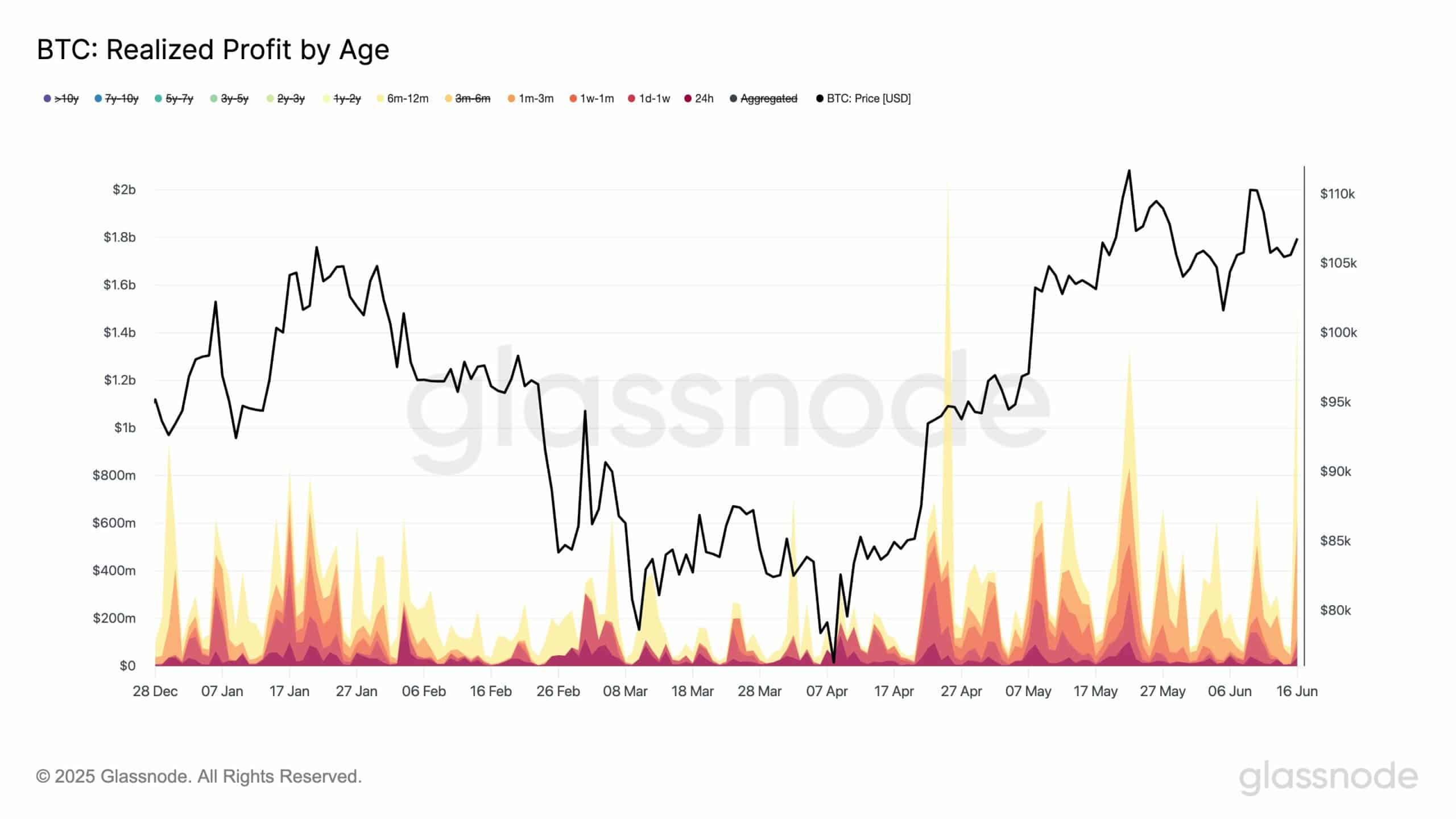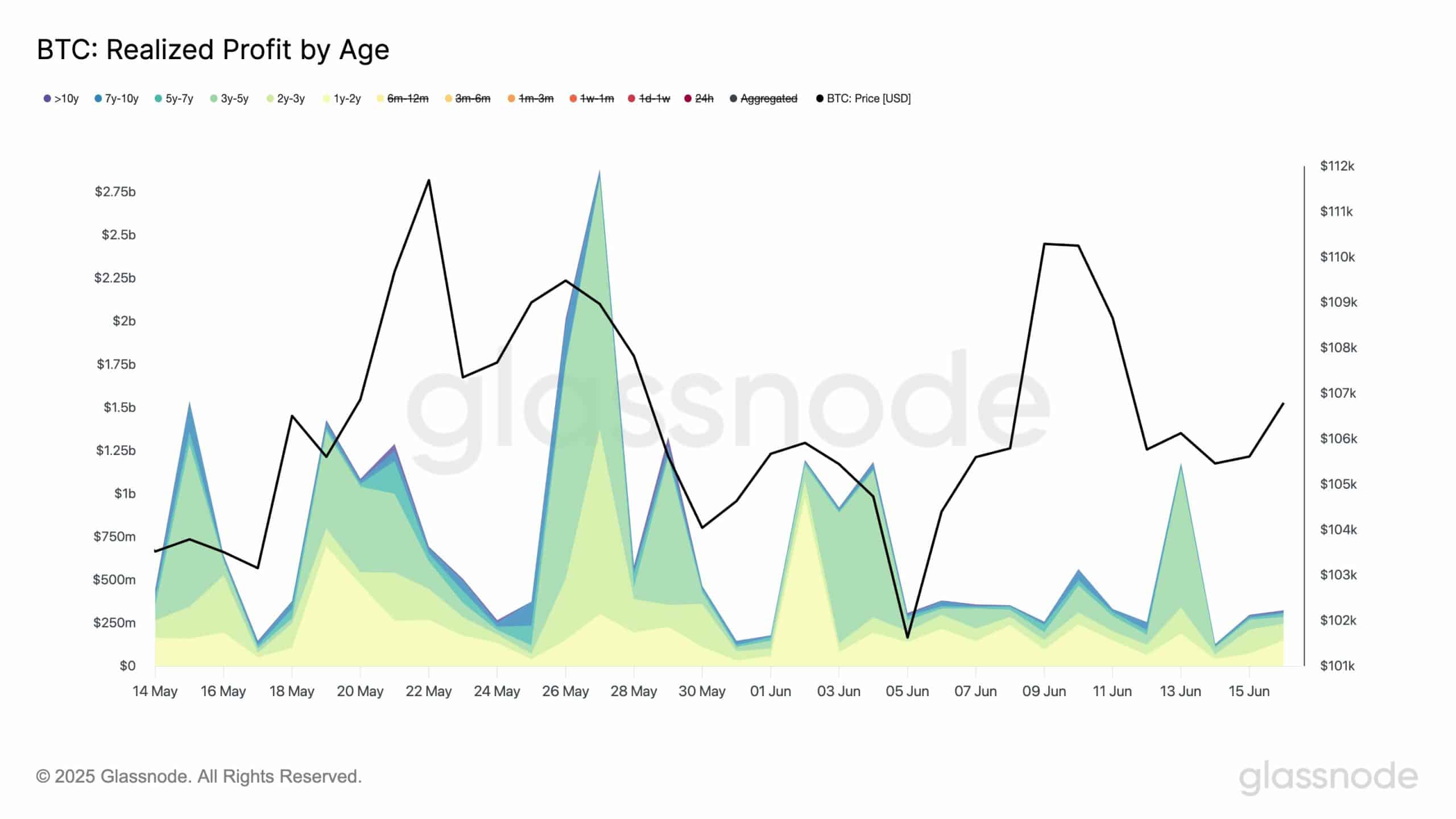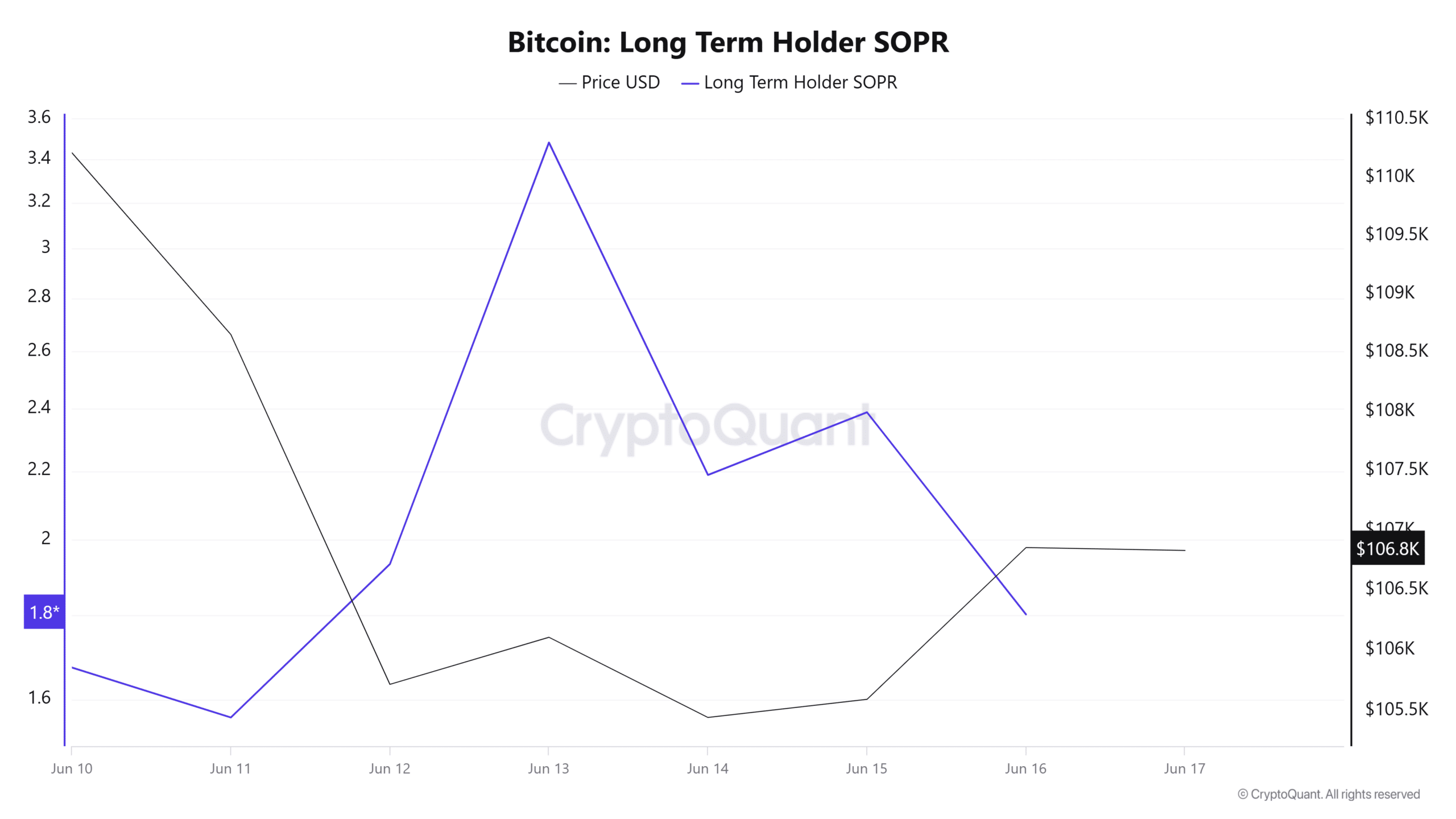-
Bitcoin’s recent uptrend is facing resistance as newer holders aggressively sell, while long-term holders adopt a more cautious stance.
-
This dynamic is creating notable selling pressure, leading to a temporary pullback in BTC prices despite overall market optimism.
-
According to COINOTAG sources, mid-cycle buyers have realized gains worth $904 million recently, marking one of the highest daily profit realizations this year.
Bitcoin’s price faces selling pressure from newer holders realizing profits, while long-term holders remain steady, signaling a potential consolidation phase ahead.
Mid-Cycle Buyers Fuel Bitcoin’s Selling Pressure Amid Profit Realization
Bitcoin’s ascending price channel has encouraged many investors to realize profits, but the most significant selling activity is coming from mid-cycle buyers—those holding BTC between 6 to 12 months. This group has recently offloaded approximately $904 million worth of Bitcoin, accounting for 83% of all realized profits in a single day, according to Glassnode data. This level of profit-taking is second only to the peak seen in April 2024, indicating a strategic distribution phase by newer holders. The aggressive selling from this cohort is exerting downward pressure on BTC prices, disrupting the otherwise bullish momentum.
Long-Term Holders Show Resilience Amid Market Fluctuations
In contrast to mid-cycle sellers, Bitcoin holders with a tenure exceeding 12 months have significantly reduced their profit-taking activities. Recent figures show these long-term holders realized only $324 million in profits, a steep decline from the $1.2 billion recorded during last week’s peak. This cautious approach is reflected in the Long-Term Holder SOPR (Spent Output Profit Ratio) metric, which has dropped from 3.4 to 1.8, signaling restrained selling behavior. This trend suggests growing confidence among seasoned investors, who appear to be absorbing market volatility rather than contributing to it.

Source: Glassnode
Implications for Bitcoin’s Price Trajectory and Market Sentiment
The recent surge in profit-taking by newer holders has directly influenced Bitcoin’s price, causing it to retreat from a high of $108,990 to a low near $106,853. This pullback has pushed BTC back into its previous consolidation range, indicating that the bullish momentum is currently tempered by selling pressure. The contrasting behaviors between newer and long-term holders introduce a phase of uncertainty, where the market is balancing between profit realization and holding conviction.
If this pattern continues, Bitcoin is likely to experience a consolidation phase, fluctuating between $104,000 and $106,000. In this scenario, long-term holders may act as stabilizers, absorbing selling pressure, while newer holders limit upward price movements through profit-taking. A decisive breakout above $107,000, potentially targeting $110,000, would require a noticeable decline in profit-taking from newer holders, signaling renewed bullish confidence.

Source: Glassnode
Market Outlook: Navigating Between Profit-Taking and Holding
The divergence in selling behavior between newer and long-term Bitcoin holders highlights a critical juncture for the market. While newer investors capitalize on recent gains, long-term holders demonstrate a commitment to holding through volatility. This balance may result in a period of sideways price action, offering traders and investors an opportunity to reassess market conditions. Monitoring SOPR metrics and realized profit trends will be essential for anticipating potential shifts in momentum.

Source: CryptoQuant
Conclusion
The current Bitcoin market landscape is characterized by a clear divide between newer holders eager to realize profits and long-term holders maintaining their positions. This dynamic is creating a consolidation phase marked by selling pressure from mid-cycle investors and restrained profit-taking from seasoned holders. For traders and investors, understanding these behavioral patterns is crucial for navigating the near-term price movements. A sustained breakout will likely depend on a reduction in profit-taking from newer holders, while long-term holders continue to provide market stability.
